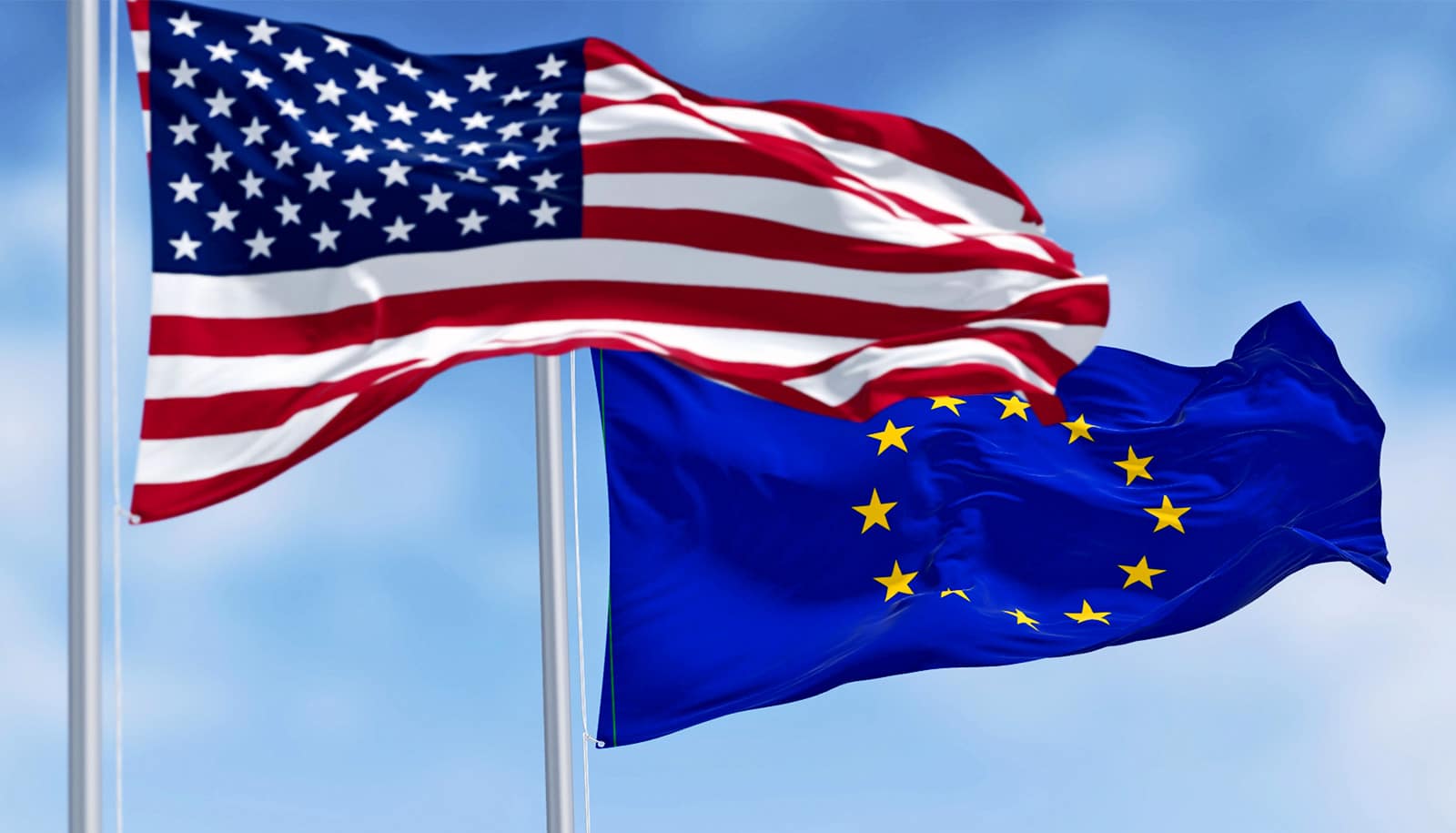Raising the minimum wage helps workers who currently earn that amount but decreases the number of low-wage workers that businesses hire shortly thereafter, a new study finds.
While the federal minimum wage rate stands at $7.25 an hour, actual pay for low-wage workers varies across the country because some states and cities have adopted higher wages than the nationally-mandated minimum. Studies have taken place to determine the effect of these increases on employment, but consensus remains elusive because of small samples and specific industry-based studies.
“Asking if a higher minimum wage is good or bad is not productive,” says Radhakrishnan Gopalan, professor of finance at the Olin Business School at Washington University in St. Louis. “It’s not a right or wrong proposition, it’s a nuanced answer depending on the composition of both employees and employers.”

In their working paper, Gopalan and coauthors—Barton Hamilton, professor of entrepreneurship, and doctoral students Ankit Kalda and David Sovich—used anonymous data from Equifax, a company that collects data on individuals’ credit and employment histories. The team processed wage data on more than 2 million hourly workers from across the country over a six-year period.
To create a framework from which to analyze the data, they focused on six states—California, Massachusetts, Michigan, Nebraska, South Dakota, and West Virginia—that enacted large increases in minimum wage during late 2014 and early 2015. The researchers included data from hourly workers across different industries and studied their employment dynamics for up to one year following the wage increase.
Calculator adds cost of $15 wages to fast food prices
Once crunched, the data gave a new look at the effect of a large minimum-wage hike on businesses and employees.
“We found existing minimum-wage employees benefit from minimum-wage increases,” Gopalan says. “Their wages go up, and they are no more likely to lose their jobs as compared to their counterparts in adjacent states. But following state minimum-wage hikes, companies are reluctant to hire new low-wage employees. In the one year following the wage hike, they increase the proportion of higher-wage (read: higher-skilled) employees and reduce the proportion of low-wage employees.”
The effects, while slight, were most pronounced in establishments such as administrative and support services, finance, hotels and food, and manufacturing industries.
Low wages cost taxpayers $153 billion a year
“For example, our estimates indicate that when Massachusetts enacted a 10-percent increase in the minimum wage, there was a decrease in low-wage workers of 1.6 percent at the average establishment relative to establishments in the neighboring control states,” Gopalan says.
“In California, with the same 10-percent minimum-wage increase, we saw a 1.2 percent decline in low-wage workers.”
According to Gopalan, these new findings can be of benefit to states and cities making decisions regarding minimum-wage policy.
“States and cities really need to take a look at what the employee composition is,” Gopalan says. “Are they a growing area where a lot of low-wage employees are entering the labor force? Or do they have existing employees but not a whole rush of new employees coming in? Optimal policy will differ based on these factors.
“For an area experiencing fast growth, having a high minimum wage will be a bad deal for the new entrants as they might have a tougher time finding a job,” Gopalan says. “On the other hand, if you’re in an area whose population is not growing very fast, then raising the minimum wage will definitely benefit your existing low-wage employees, and the number of new employees who are hurt will be a minimum. Optimal policy will also depend on the industry composition of the establishments in the local economy.”
Gopalan says the next step is to further analyze other long-term benefit variables linked to higher minimum wage, including employees’ debt load and credit scores.



